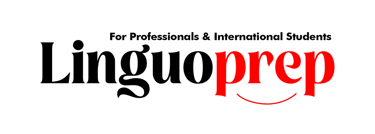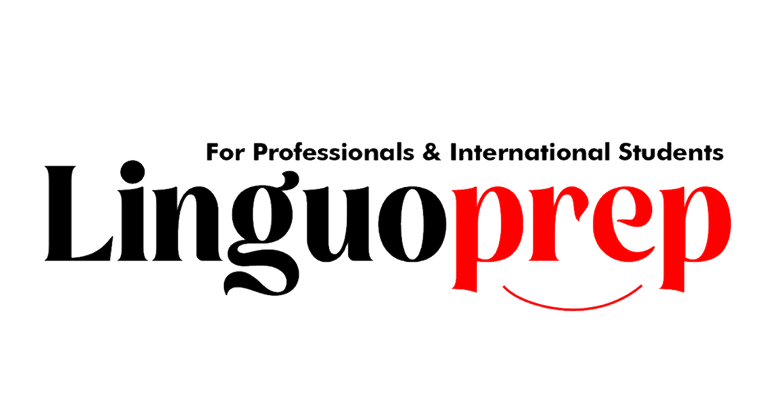CELPIP Reading Correspondence: Complete Strategy Guide for Canadian Immigration (2025)
The CELPIP Reading Correspondence section evaluates your ability to understand written communication in everyday Canadian contexts. Unlike academic reading passages, this section focuses on practical, real-world scenarios that you'll encounter when living and working in Canada.
CELPIP
Hanish
9/1/20258 min read


CELPIP Reading Correspondence: Complete Strategy Guide for Canadian Immigration (2025)
Mastering the CELPIP Reading Correspondence section is crucial for achieving your Canadian immigration dreams. As the first part of the CELPIP Reading test, this section can set the tone for your entire exam performance. With 11 minutes to answer 11 questions across two different texts, strategic preparation and proven techniques are essential for maximizing your score and securing the CLB levels required for Express Entry, Provincial Nominee Programs, and Canadian citizenship applications.
This comprehensive guide provides expert strategies, insider tips, and practical techniques that have helped thousands of test-takers achieve CLB 9+ scores in the Reading Correspondence section.
Understanding CELPIP Reading Correspondence: Format and Structure
Test Format Overview:
Total Duration: 11 minutes (non-negotiable)
Total Questions: 11 questions across two distinct tasks
Format: Computer-based multiple-choice and gap-fill questions
Content Type: Emails, letters, messages, and written correspondence
Two-Part Structure Breakdown
Task 1: Main Correspondence Analysis (6 questions)
The first segment presents a primary correspondence text—typically an email or letter—followed by 6 multiple-choice questions testing:
Main purpose and intent of the communication
Specific factual details (dates, names, locations, numbers)
Relationship dynamics between correspondents
Tone and attitude of the writer
Implied meanings and suggestions
Task 2: Response Completion (5 questions)
The second segment requires completing a response to the original correspondence by selecting appropriate phrases or sentences to fill in blanks. This tests:
Appropriate response tone and register
Logical flow and coherence
Cultural appropriateness in Canadian context
Grammar and syntax alignment
Contextual understanding of the communication exchange
Strategic Framework: The 11-Minute Success Formula
Effective time management is crucial for CELPIP Reading Correspondence success. Research and expert analysis reveal an optimal allocation strategy that maximizes accuracy while ensuring task completion.
The CELPIP Reading Correspondence section evaluates your ability to comprehend everyday Canadian written communication. Unlike academic reading passages, this section focuses on practical, real-world scenarios that reflect authentic Canadian workplace, community, and service interactions[150]172. Test Format Overview: Total Duration: 11 minutes (non-negotiable) Total Questions: 11 questions across two distinct tasks Format: Computer-based multiple-choice and gap-fill questions Content Type: Emails, letters, messages, and written correspondence.
Minute-by-Minute Breakdown:
Minutes 1-2: Strategic Question Preview
Quickly scan all 11 questions to identify information priorities
Highlight key question words: who, what, when, where, why, how
Note specific details requested: names, dates, amounts, reasons
Identify tone-related questions requiring inference skills
Minutes 3-6: Active Reading with Purpose
First pass: Skim for overall structure, purpose, and main points
Second pass: Scan systematically for question-specific information
Mark key details directly related to preview questions
Pay attention to sender-receiver relationships and communication context
Minutes 7-10: Strategic Question Answering
Begin with factual questions requiring direct information retrieval
Apply elimination strategies for multiple-choice questions
Complete gap-fill responses ensuring tone and context consistency
Avoid spending more than 30-40 seconds per question
Minute 11: Final Quality Check
Verify all questions are answered (no blank responses)
Quick consistency check for gap-fill responses
Ensure logical flow in completed responses
Trust initial instincts unless clear errors are identified
Advanced Reading Strategies for Maximum Efficiency
Strategy 2: Strategic Skimming and Scanning Techniques
Effective Skimming Process (2-3 minutes):
Subject line analysis: Immediately identifies communication purpose
Opening and closing examination: Reveals relationship dynamics and tone
Paragraph structure overview: Identifies main points and organization
Transition word recognition: Signals important shifts in information or attitude
Targeted Scanning Process (2-3 minutes):
Keyword matching: Connect question terms with passage content
Number and date identification: Quickly locate specific factual details
Name and location spotting: Track people, places, and organizations mentioned
Opinion and attitude markers: Identify language indicating feelings or judgments
Strategy 3: Canadian Context and Cultural Competency
CELPIP Reading Correspondence heavily emphasizes Canadian communication patterns, workplace culture, and social norms. Understanding these context clues significantly improves comprehension and accuracy.
Canadian Communication Characteristics:
Indirect politeness: Requests often use conditional language ("I was wondering if...")
Collaborative tone: Emphasis on teamwork and mutual consideration
Formal courtesy: Professional emails maintain respectful distance while being friendly
Problem-solving orientation: Focus on practical solutions and next steps
Cultural Context Examples:
Workplace emails discussing statutory holidays, health benefits, or workplace safety
Community correspondence about neighborhood events, municipal services, or local issues
Service interactions involving booking confirmations, complaint resolutions, or service upgrades
Academic communications regarding course schedules, assignment submissions, or administrative processes
Mastering Multiple Choice Questions: Advanced Elimination Techniques
Four-Step Elimination Process:
Step 1: Eliminate Obviously Incorrect Options
Remove answers that directly contradict passage information
Identify options that introduce information not mentioned in the text
Eliminate choices that misstate factual details (wrong dates, names, amounts)
Step 2: Identify Distractor Patterns
Partial truth distractors: Include some correct information but add incorrect elements
Scope shift distractors: Use passage vocabulary but change the context or application
Tone mismatch distractors: Present factually correct information with wrong emotional interpretation
Step 3: Apply Passage Evidence Test
Each correct answer must have clear, direct support in the passage
Avoid answers requiring assumptions beyond what's explicitly stated
Prefer specific, detailed answers over vague, general responses
Step 4: Context Consistency Verification
Ensure selected answers align with overall communication purpose
Verify tone consistency between question focus and answer choice
Confirm answers reflect appropriate Canadian communication norms
Content Selection Criteria:
Tone Consistency Maintenance
Match formality level of original correspondence
Maintain consistent relationship dynamics (professional, friendly, formal)
Preserve emotional register (concerned, appreciative, urgent, neutral)
Logical Information Flow
Ensure responses address all points raised in original communication
Maintain chronological or logical sequence of information
Provide appropriate level of detail for each point addressed
Canadian Communication Appropriateness
Use polite, indirect language for requests or concerns
Include appropriate courtesy expressions and acknowledgments
Employ collaborative language emphasizing mutual benefit or understanding
Grammar and Syntax Accuracy
Verify verb tense consistency throughout the response
Ensure pronoun reference clarity and accuracy
Maintain parallel structure in lists or series of points
The response completion task requires sophisticated understanding of communication patterns, appropriate register, and logical development.
Gap-Fill Response Completion: Achieving Natural Flow
Common Pitfalls and Error Prevention Strategies
Time Management Errors
Over-Reading Trap: Spending excessive time understanding every detail rather than focusing on question-relevant information.
Solution: Implement strict time limits for each phase and practice with timer regularly.
Perfectionism Paralysis: Spending too much time on single difficult questions.
Solution: Apply 30-40 second rule per question; mark best choice and continue.
Comprehension Mistakes
Literal Interpretation Error: Missing implied meanings or Canadian cultural subtleties.
Solution: Practice identifying indirect communication patterns and implied requests common in Canadian correspondence.
Distractor Susceptibility: Falling for attractive wrong answers that use passage vocabulary incorrectly.
Solution: Always verify answer choices against specific passage evidence rather than relying on familiar words.
Response Completion Errors
Tone Mismatch: Selecting responses that don't match the original communication's formality or emotional register.
Solution: Analyze relationship dynamics and communication purpose before selecting gap-fill options.
Logical Inconsistency: Choosing responses that create contradictions or illogical flow.
Solution: Read completed responses as coherent whole to verify natural communication flow.
Advanced Practice Strategies for Score Improvement
Targeted Skill Development
Daily Reading Routine (15-20 minutes):
Practice with authentic Canadian correspondence (business emails, community newsletters, service communications)
Focus on identifying main purposes, relationships, and cultural context clues
Time individual tasks to build speed and efficiency
Analyze mistakes to identify recurring error patterns
Weekly Intensive Sessions (45-60 minutes):
Complete full Reading Correspondence sections under timed conditions
Review all answers with detailed error analysis
Practice specific question types showing consistent difficulty
Develop personal strategies for challenging scenarios
Authentic Material Integration
Canadian Context Sources:
Business correspondence examples from Canadian companies
Community organization newsletters and communications
Educational institution emails and announcements
Government service communications and updates
Customer service interaction examples
Cultural Competency Development:
Study Canadian workplace communication norms
Learn common courtesy expressions and polite request patterns
Understand indirect communication styles prevalent in Canadian correspondence
Practice identifying relationship dynamics in various communication contexts
Computer-Based Testing Optimization
Interface Familiarity:
Practice with dropdown menus and multiple-choice selection tools
Develop efficient navigation between questions and passage text
Master scrolling and text highlighting techniques for quick reference
Understand timer display and pacing indicators
Technical Strategy Implementation:
Use split-screen viewing when possible to see questions and passage simultaneously
Develop systematic approach to marking and reviewing answers
Practice efficient mouse/keyboard usage for rapid response selection
Prepare backup strategies for potential technical difficulties
Technology and Test Interface Mastery
Score Progression: From CLB 6 to CLB 9+
Foundation Level (CLB 6-7)
Focus Areas:
Master basic question-first reading approach
Develop fundamental skimming and scanning skills
Learn to identify main purposes and obvious factual details
Build vocabulary for common Canadian correspondence contexts
Practice Priorities:
Time management basics with less complex passages
Straightforward multiple-choice elimination techniques
Basic gap-fill completion with clear context clues
Regular practice with timer to build speed confidence
Intermediate Level (CLB 7-8)
Advanced Skills Development:
Refine inference and implication recognition abilities
Master tone and attitude identification in various contexts
Develop sophisticated elimination strategies for tricky distractors
Improve gap-fill accuracy with nuanced response selection
Practice Sophistication:
Complex correspondence scenarios with multiple speakers/purposes
Advanced cultural context recognition and application
Challenging distractor identification and elimination
Integration of speed and accuracy under pressure
Advanced Level (CLB 8-9+)
Expert-Level Competencies:
Master subtle relationship dynamics and implied communication
Excel at cultural appropriateness in response completion
Demonstrate sophisticated understanding of Canadian communication norms
Achieve consistent high accuracy under strict time constraints
Elite Practice Methods:
Most challenging authentic Canadian correspondence scenarios
Complex multi-layered communication with subtle implications
Advanced error pattern analysis and elimination
Peer-level practice with immediate feedback and improvement strategies
Test Day Excellence: Final Preparation
Pre-Test Optimization
Technical Preparation:
Verify computer interface familiarity and comfort
Ensure optimal seating position and screen visibility
Test audio equipment and volume settings if needed
Prepare all required identification and materials
Mental Preparation:
Review key strategies and techniques
Practice relaxation techniques for test anxiety management
Visualize successful completion of all 11 questions within time limit
Prepare positive self-talk for challenging moments
During-Test Performance
Opening Strategy:
Take calming breaths before beginning
Quickly orient to interface and question layout
Begin question preview as planned
Maintain calm confidence if unfamiliar scenarios appear
Ongoing Excellence:
Stick to practiced time management approach
Trust preparation and avoid second-guessing without clear evidence
Maintain steady pace without rushing or stalling
Complete all questions ensuring no blank responses
Beyond the Test: Real-World Application
The skills developed for CELPIP Reading Correspondence directly transfer to successful Canadian integration:
Professional Success: Understanding workplace emails, meeting communications, and project correspondence
Community Engagement: Participating effectively in neighborhood communications and local organization interactions
Service Navigation: Successfully managing communications with Canadian healthcare, education, financial, and government services
Social Integration: Building relationships through effective understanding of Canadian communication patterns
Conclusion: Your Path to CELPIP Reading Correspondence Mastery
Success in CELPIP Reading Correspondence requires strategic preparation, cultural understanding, and consistent practice with authentic Canadian materials. The techniques and strategies outlined in this guide provide a comprehensive framework for achieving CLB 9+ scores while developing real-world communication skills essential for Canadian success.
Remember that Reading Correspondence mastery combines technical reading skills with cultural competency and strategic test-taking approaches. By implementing these proven strategies and maintaining consistent practice with Canadian-context materials, you'll be well-prepared to excel in this crucial component of the CELPIP test.
Begin implementing the 11-minute success formula in your practice sessions
Focus on authentic Canadian correspondence materials
Develop cultural competency alongside technical reading skills
Track progress with timed practice and targeted skill development
Your Canadian immigration goals are achievable—master CELPIP Reading Correspondence and take the decisive step toward your new life in Canada. Success in this section opens doors to higher CLB scores, improved Express Entry rankings, and enhanced confidence for real-world Canadian communication challenges.
Strategy 1: Question-First Targeting Approach
Begin every Correspondence task by reading questions before the passage. This primes your brain to identify relevant information and prevents wasting time on irrelevant details.
Implementation Steps:
Scan question keywords: Circle or mentally note specific information types needed
Categorize questions: Separate factual questions from inference/tone questions
Create information priorities: Identify which details are most critical
Prepare mental filters: Know exactly what you're looking for before reading
Example Application: If questions ask about "meeting time," "John's concern," and "proposed solution," you'll actively search for these elements during reading rather than processing everything equally.
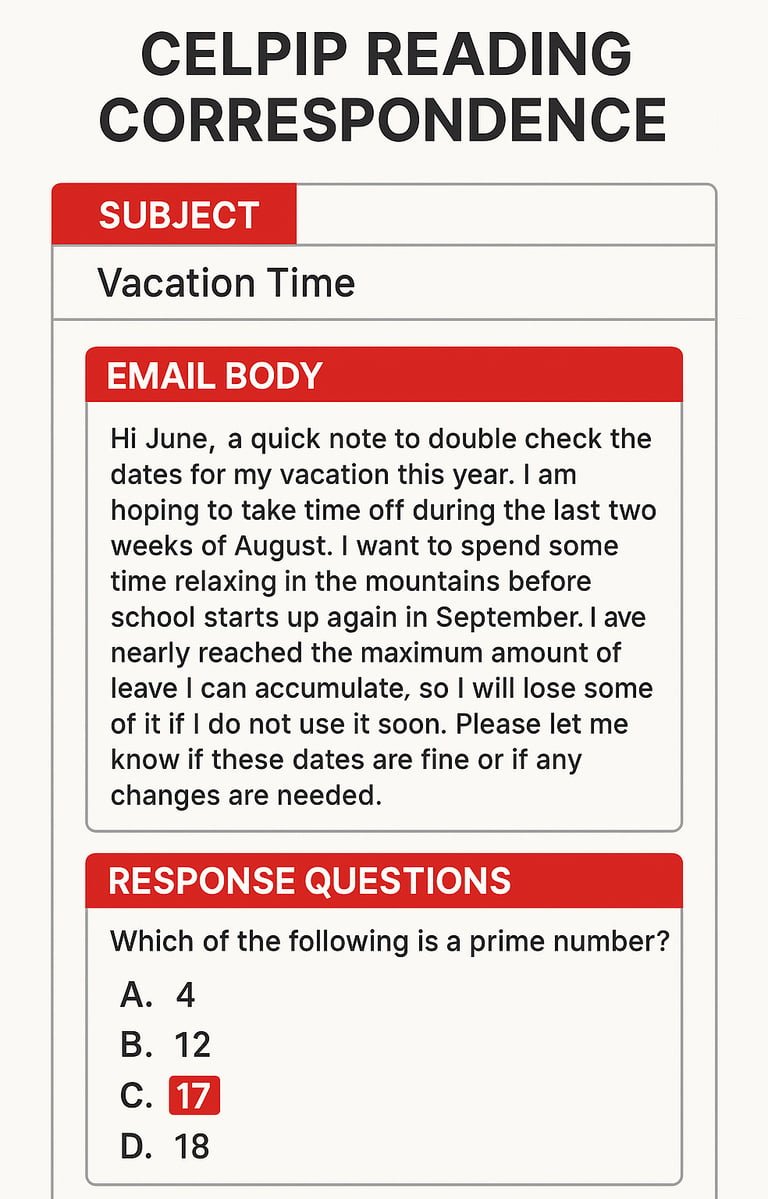

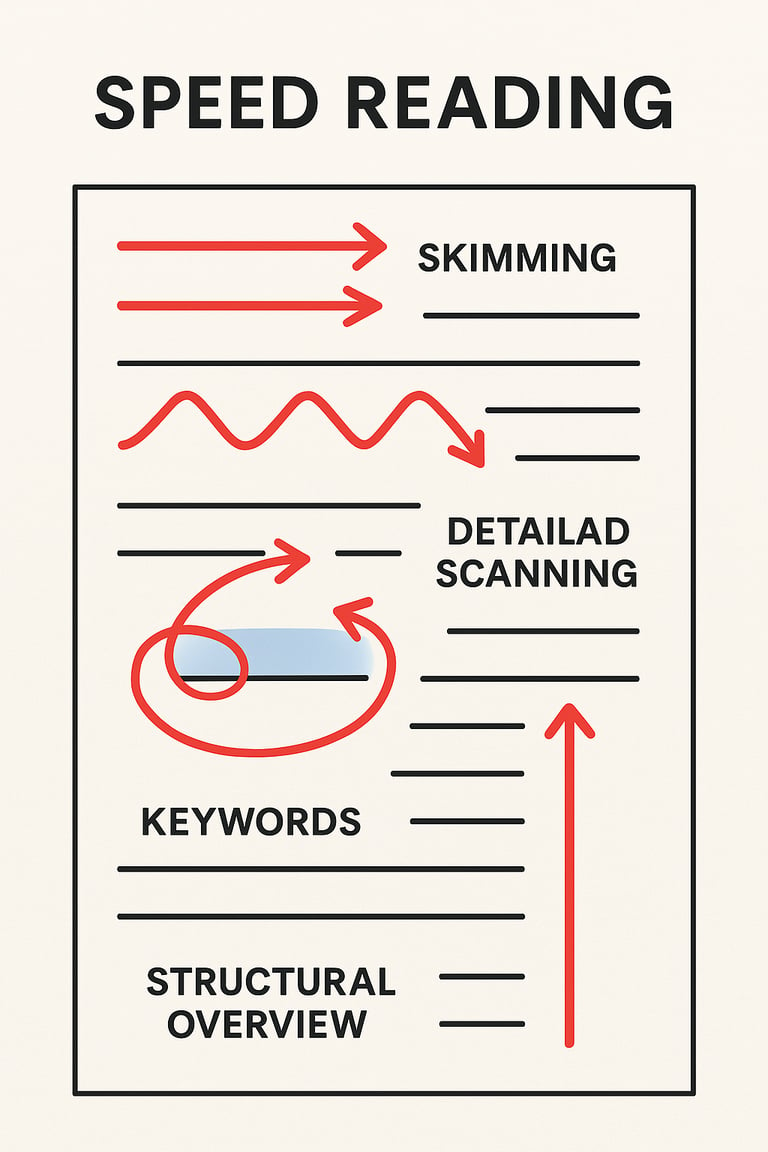

Frequently asked questions
Q: How many Problem Solving questions appear in CELPIP Listening?
A: Exactly 8 questions across 3 audio clips (2-3 questions per clip). This is 21% of your total listening score.
Q: Can I replay CELPIP audio?
A: No. Each clip plays once only. This is why prediction and note-taking skills are essential.
Q: What accents appear in CELPIP 2025?
A: Primarily Canadian, but expect some international accents (British, Australian, American) to reflect Canada's multicultural reality.
Q: Is there penalty for wrong answers?
A: No penalty for incorrect responses. Always guess rather than leave blank.
Q: How does Problem Solving affect my overall CLB level?
A: It's weighted equally with other listening sections. Strong Problem Solving performance can compensate for weaker performance elsewhere.
Your Next Steps to CLB 9+ Success
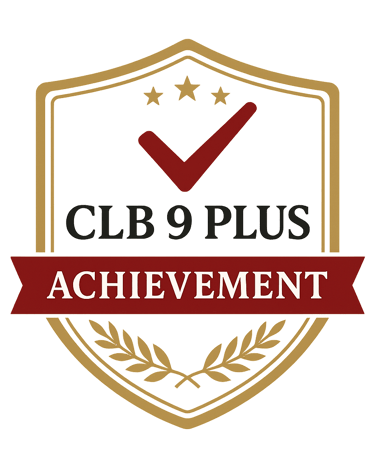

Mastering CELPIP Listening Problem Solving isn't about perfect English—it's about strategic listening, smart note-taking, and pattern recognition. The techniques above have helped 2,847 LinguoPrep students achieve CLB 9+ in 2024.
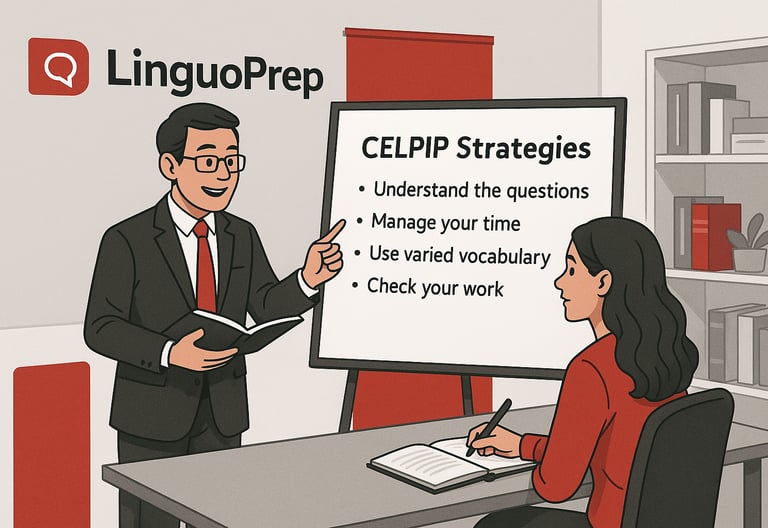

Join LinguoPrep's CELPIP Listening Mastery Program where ICEF-certified mentors provide:
✅ Real 2025 exam simulations with AI scoring
✅ 1-on-1 feedback on your note-taking technique
✅ Cultural context training for Canadian scenarios
✅ 90-day score guarantee or full refund
Limited Time: Get your first practice session FREE + personalized CLB assessment
Book Your Free CELPIP Demo Today →
Address:
492-A, Near Krishna Mandir, Model Town Extension, Ludhiana, Punjab.
Contacts
+1 800 9170 389
info@linguoprep.com
Subscribe to our newsletter
